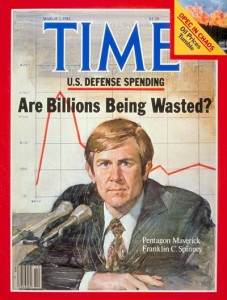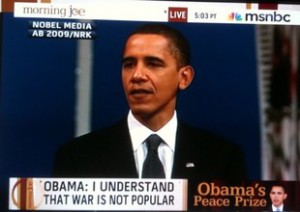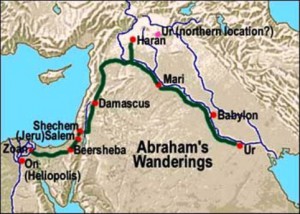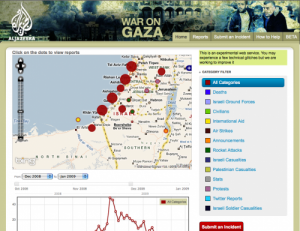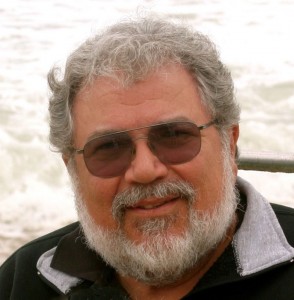
A wonderful example of what can be done with open source material!
Georgetown students shed light on China’s tunnel system for nuclear weapons
By William Wan
Washington Post, November 29, 2011
For the past three years, a small band of obsessively dedicated students at Georgetown University has called it something else: homework.
Phi Beta Iota: The ability of students to excel in relations to spies is not knew, even with hard targets such as China. For decades this web site and its antecedents have been saying “Do not send a spy where a schoolboy can go.” HOWEVER, in this specific case, with China as the target and the Pentagon budget on the line, there is a very high probability that the students are unwitting dupes in an illegal PSYOP being used to create an unethical justification for an ideological and political build-up against China, while protecting the bloated and extraordinarily corrupt Pentagon budget from the mandatory reductions agreed to in relation to the crisis at hand. Bottom line: the students have earned an A but the integrity of this endeavor is suspect.

